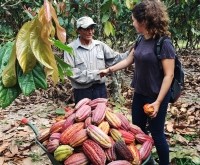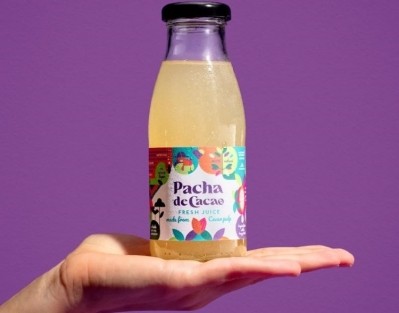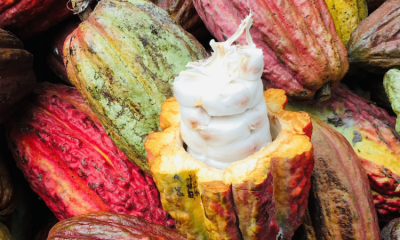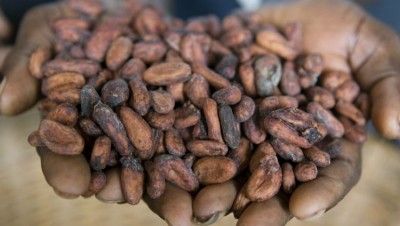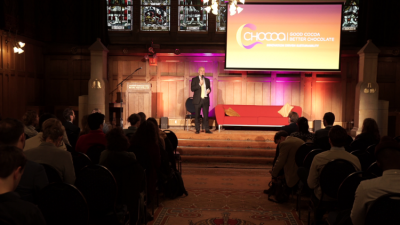Health and fitness
Freshly pressed: Why Pacha de Cacao could be a game-changer
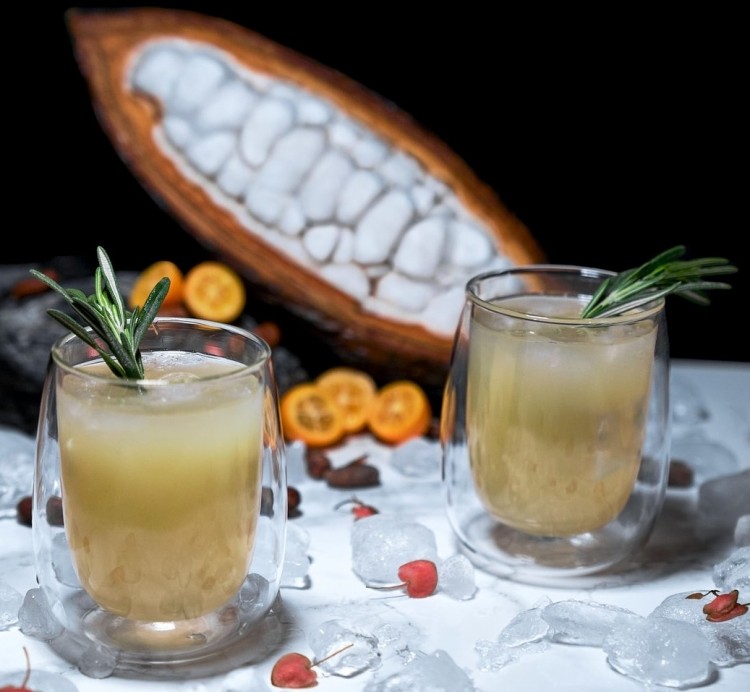
- This article and headline was amended on 09/07/2021 to update the company's change in name from Freebird Cacao Juice to Pacha de Cacao.
After graduating in human rights, Marika van Santvoort headed for West Africa, where she worked in prisons throughout Cameroon before discovering her love for cocoa.
“It was only supposed to be for a few months,” she told ConfectioneryNews when we caught up at the Chocoa Conference in Amsterdam earlier this year to talk about her new company Pacha de Cacao.
“But I decided to stay longer and it eventually became two years. I was a white woman working in a prison, at times it was a complicated situation and very tense and I thought to myself I would like to do something else.”
Her house in West Africa came with a small plot of land with several cocoa trees growing in the backyard. “The area where I lived in Cameroon was very fertile, I mean cocoa was everywhere around me and I was intrigued by this because I thought, how come we don't know anything about cocoa when everybody loves chocolate?,” she said.
The juice is a very different product than chocolate and is going to be for people who care about what kind of food they consume and for those who have a very active lifestyle -- Marika van Santvoort, founder, Pacha de Cacao
Van Santvoort's curiosity got the better of her and she started to research how to cultivate the trees and also looked into how chocolate is made.
“And then I realized like this whole political background story of the colonialists who first planted it in Africa and the more I got engaged, the less I understood about the whole supply chain and why it is the way it is … the more I thought to myself, OK, I want to be involved in this sector and I really want to move things in a certain way.”
After two years in West Africa, van Santvoort moved back to the Netherlands, living in Amsterdam, which is close to the cocoa sector, as the Dutch capital is the largest importer in the world of cocoa beans.
Supply chain transparency
Van Santvoort established Moving Cocoa, a cacao consultancy to traders, NGOs, governments and chocolate manufacturers in the field of sustainability. Her mission was to bring more transparency into the supply chain.
She also worked with Jack Steijn and Caroline Lubbers, co-founders of Chocoa, as well as expanding her company into two other branches; Pacha de Cacao and Gaia Cacao, which helps exporters and cooperatives obtain better access to the market in Europe.
What is cacao juice?
It’s a 100% natural juice, without anything added. All cacao beans are covered in a white layer of pulp. During the fermentation process - a crucial step for optimizing the flavor of the cacao - the pulp becomes liquid and drips out. Pacha de Cacao says it takes a layer of the pulp, without damaging the beans, and turns it into a juice. The juice is rich in proteins, vitamins, potassium, calcium, magnesium, zinc, sodium and polyphenols. It rehydrates, replenishes and refuels the body and is perfect natural energizer.
It was while van Santvoort was sourcing sustainable cocoa in West Africa that she became aware of the benefits of cacao juice.
“Why are we only using 10 to 20% of the of the pods, which is the beans, and why are we not using the pulp and the pods? A farmer told me the pulp gives good energy, so I took a pod to a lab and they did an analysis on the pulp and said it's really good stuff packed with nutrients and vitamins and it also tastes amazing.”
Van Santvoort said it took her two years to figure out how to set up the logistics of making it into a juice and how to extract it without damaging the beans, because you need pulp for fermentation of the beans, so you cannot use all of the pulp.
Then she became aware that there are certain varieties of cocoa that produces more pulp in countries like Brazil, Ecuador or Philippines, for example.
From there Pacha de Cacao was born, using excess pulp from the cocoa beans to produce the fresh juice. Van Santvoort said the company is working towards a launch in the Netherlands in 2020, and is looking to attract investors once the supply chain is set up, which is expensive, before the product can be brought to market as a functional drink.
As well as providing a healthy and natural product for western consumers, van Santvoort said it is also important that the juice provides farmers with an extra source of income on top of the beans.
“The juice is a very different product than chocolate and is going to be for people who care about what kind of food they consume and for those who have a very active lifestyle, who live in the cities, who care about their health and about products, but also about aesthetics, how it looks and about all the properties that are inside - like all the good stuff.”
Visionary approach
With Pacha de Cacao visionary approach, the brand is looking 10 years into the future and taking its inspiration beyond what we know now and what we think we know. Van Santvoort said for her, Pacha de Cacao stands for exploration and she wants people to feel inspired by the juice and to think more about food and consumption and where our food is coming from and to explore new opportunities.
“For 500 years, we've been exporting cacao beans from the new world to Europe only for making chocolate and nothing else apart from using cocoa butter in cosmetics and stuff like that, but that's a very anonymous sector.”
She said in the past two years, cocoa farmers lives have got worse, not better, and “we are all looking at each other and nothing is really changing on the ground.”
With a small team behind her and a passion and knowledge for cocoa gained over several years in the industry, van Santvoort’s start-up could be the disruptor that forces the sector to think again about its supply chain.
“Why shouldn't we look in a very completely different kind of way on this commodity and all the opportunities that we've missed all these years, and we're still missing, and that can be an extra source of income for the farmers as well,” she said.
